A guest post by Jade Ella Trapp. Jade is a naturopath and midwife living sometimes in the NSW town of Lismore and other times in Central Java. She developed an interest in jamu when she first moved to Java as a student in 2000.
A late afternoon stroll through the heavily concreted inner-city suburb of Baluwarti in Solo, Central Java, Indonesia is a joy for any herbalist. Medicine plants sprout and flourish in abundance, wild shoots break through cracks in concrete paths, vines creep up waterspouts and overtake concrete walls. A discarded rhizome pokes up through a pile of dirt and debris swept into a neglected concrete corner; carefully tended medicine and food plants grow neatly in narrow nature strips edged with even more concrete. Nothing can keep these plants down.
Jamu is the traditional medicine of Java, Indonesia. Jamu is primarily made from plants: roots, rhizomes, tubers, leaves, flowers, seeds, barks. Many Javanese regularly consume Jamu in the form of general health tonics or as individualised preparations for the treatment of specific ailments. Despite being long undervalued by the formal health sector and frequently undermined by the pharmaceutical sector, Jamu continues to play an essential role in Javanese life. Jamu is the medicine of the people and a source of pride among the local residents of Baluwarti including my husband’s brother, Mas Pendek: “We know about Jamu from our ancestors and from experience we know it works…. it’s cheap and some Jamu we make ourselves from the plants that grow around us”.
Tumeric (Curcuma longa)
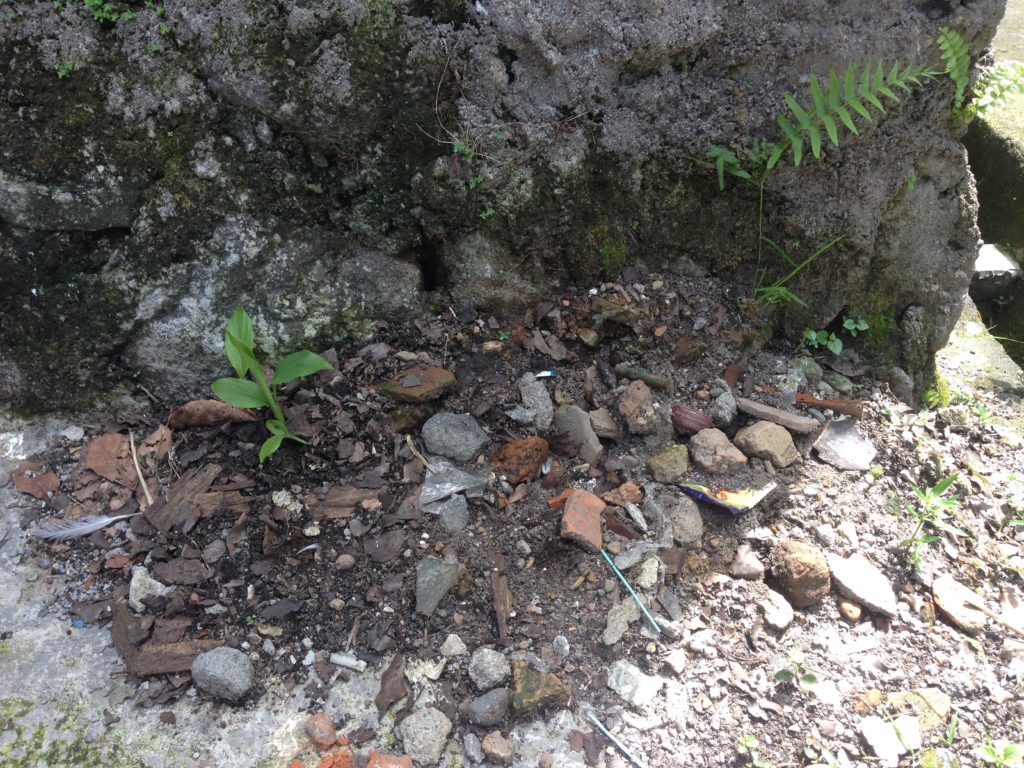
Javanese: Kunir
Part used: rhizome
This bright yellow/orange rhizome is a central element of many Jamu preparations. It has many medicinal properties including:
- Antibacterial
- Anti-inflammatory
- Antioxidant
- Hepatoregenerative (supports regeneration of liver cells)
Tumeric is used internally to treat infection anywhere in the body. It is used as a liver tonic and to treat hepatitis and jaundice and can be effective in treating gastritis and stomach ulcers.
Kunir Asam is one of the most popular Jamu health tonics and is drunk on a daily basis by many Javanese.
Kunir Asem
Ingredients:
- Turmeric – 3 fingers (approximately the size of a pointer finger)
- Tamarind – a teaspoon size lump of the pulp
- Pinch of salt
- Palm sugar or honey to taste
Method:
- Wash turmeric and then grate to a pulp* or slice thinly
- Place turmeric, tamarind, and salt in pot with 2 cups of water
- Bring to boil and simmer
- Reduce to approximately 1 cup and remove from heat
- Add sugar/honey to taste
- Drink daily hot or cold
*Note: the Javanese place a fresh banana leaf over the grater (the grater with the small sticky-out bits – different to the cheese grating side) and then peel off when finished so pulp doesn’t get stuck in grater.
Ginger (Zingiber officinale)
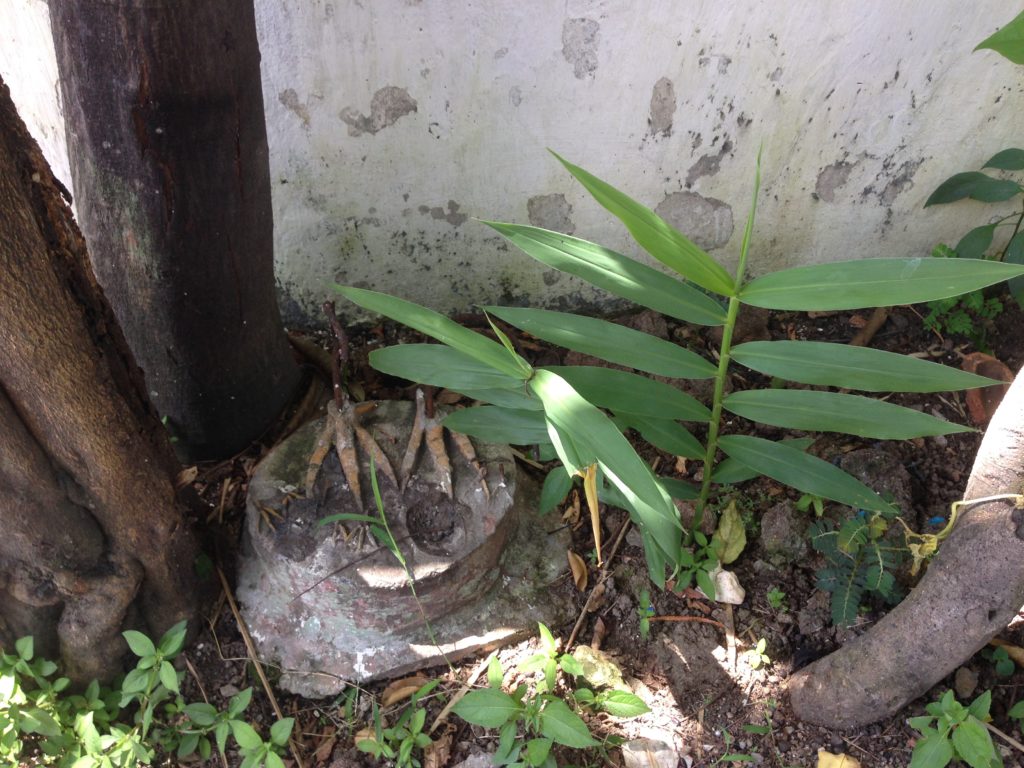
Javanese: Jahe
Part used: rhizome
Ginger is used in many Jamu tonics. The key medicinal actions of ginger include:
- Circulatory stimulant
- Inhibits coughing
- Anti-nausea
- Anti-inflammatory
- Antiseptic
- Carminative (calms the digestive system and helps relieve gas)
Ginger is used to treat many digestive complaints such as indigestion, nausea, wind, and some gastrointestinal infections. It is used to treat the nausea of travel sickness and morning sickness. Ginger is warming and soothing for coughs and is a remedy for the common cold (masuk angin) and fevers.
A popular evening drink in Java is the ginger-based digestive tonic, Wedang Jahe.
Wedang jahe
Ingredients:
- Ginger – 5cm finger (more or less to taste)
- Lemon grass – 1 whole stem
- Palm sugar or honey – to taste
- Cardamom – 3 pods
- Cloves – 4
- Black pepper – 5 whole peppercorns or a pinch of ground
- 2 cups of water
Method:
- Wash ginger and grate, pound or thinly slice
- Pound stem of lemongrass to break it up a bit
- Place all ingredients into pot of water (except if using honey which is not added until the end to preserve its medicinal properties)
- Bring to boil and simmer for 5 minutes until fragrant
- Take off heat and let steep for another 5 minutes with lid on (if using honey add now or after straining)
- Strain and drink hot
Betel leaf (Piper betle)
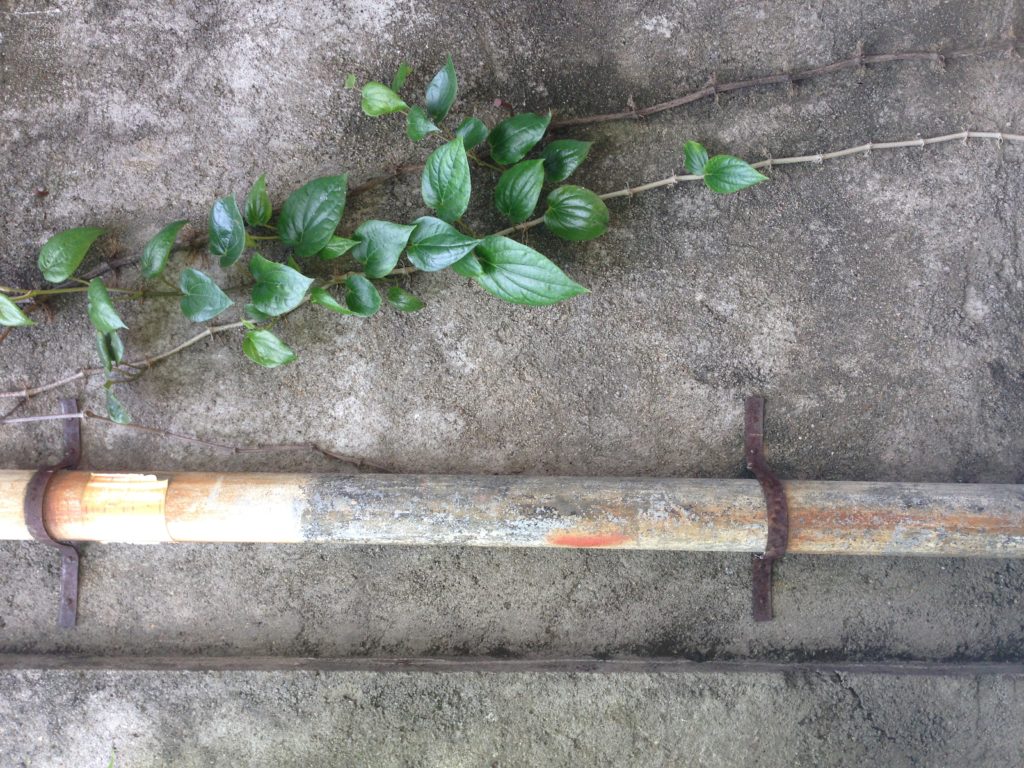 Javanese: Daun sirih
Javanese: Daun sirih
Part used: leaf
Betel leaf is a beautiful vine with deep green leaves. Its medicinal properties include:
- Analgesic
- Antibacterial
- Local anti-inflammatory
A mouthwash of betel leaves is used to treat mouth ulcers, bleeding or swollen gums, and toothache.
Ingredients:
- 4-5 betel leaves
- 1 cup of water
Method:
Boil betel leaves in water and use as a mouthwash 2-3 times a day.
Papaya (Carica papaya)
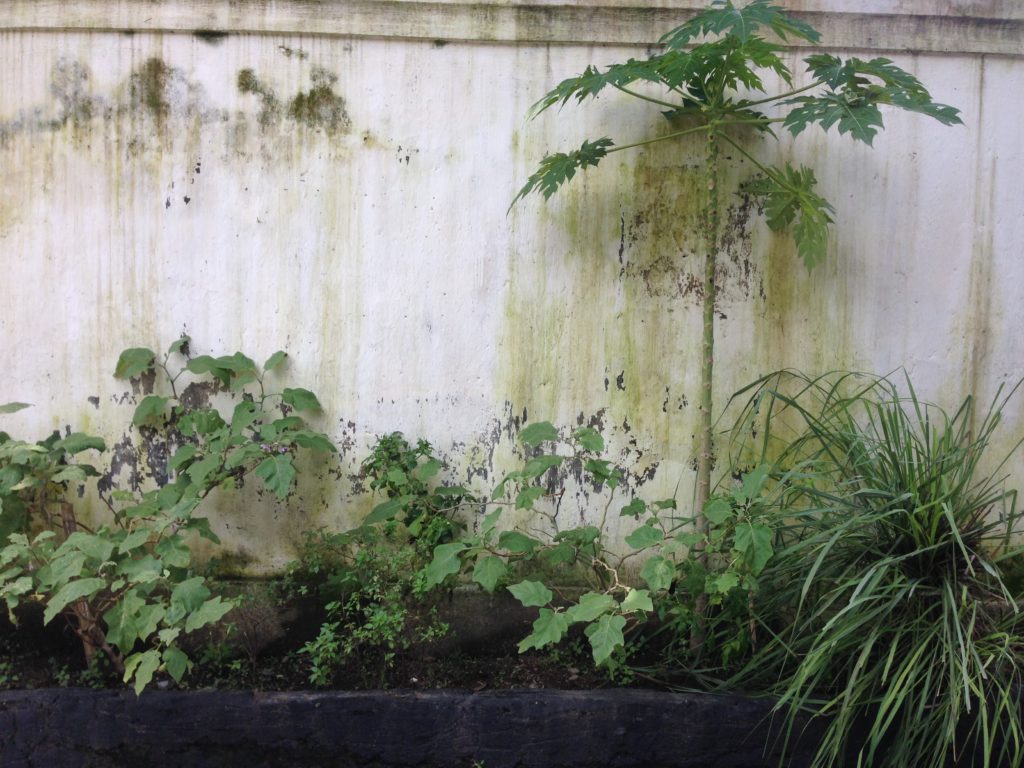
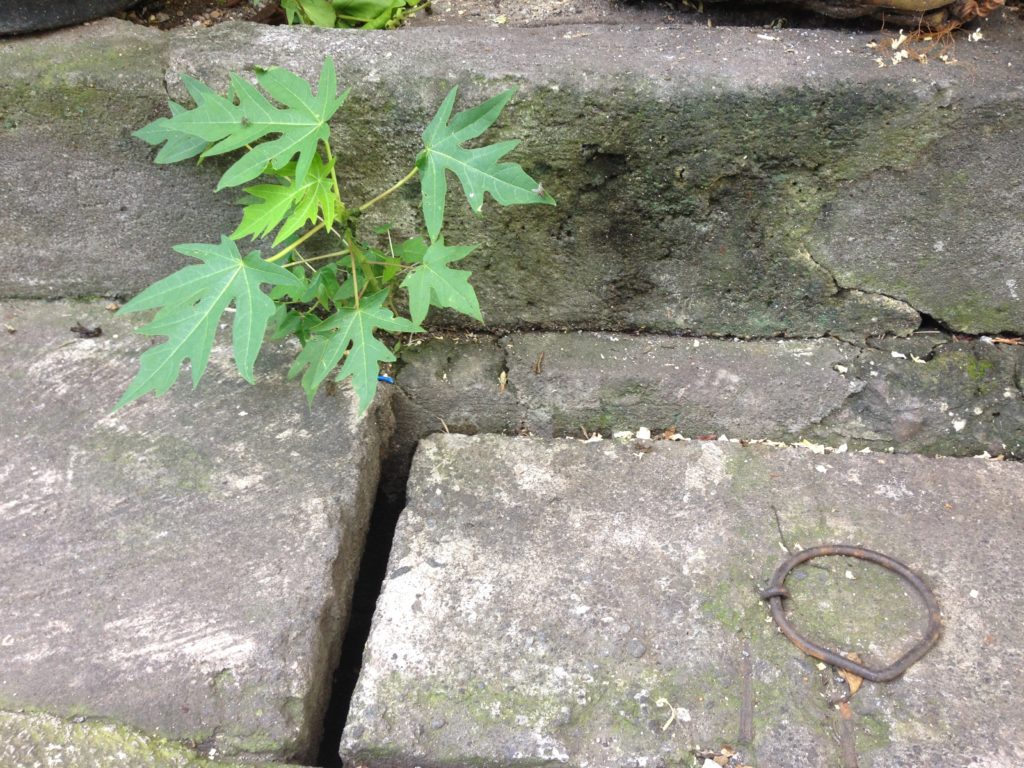
Javanese: Pepaya
Part used: Fruit, leaves, flowers, seeds, sap
The ripe papaya fruit is a gentle laxative. The leaves are used as a digestive stimulant and can be eaten cooked or can be boiled in water and the liquid drunk. The sap is applied externally to speed up the healing of wounds, ulcers, and boils. The flowers boiled in water are used to induce menstruation and the seeds are eaten to treat intestinal worms.

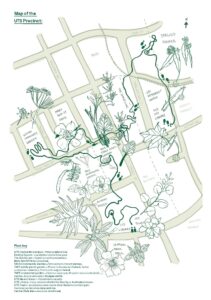


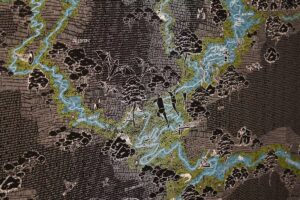

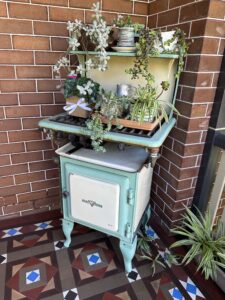
0 Comments